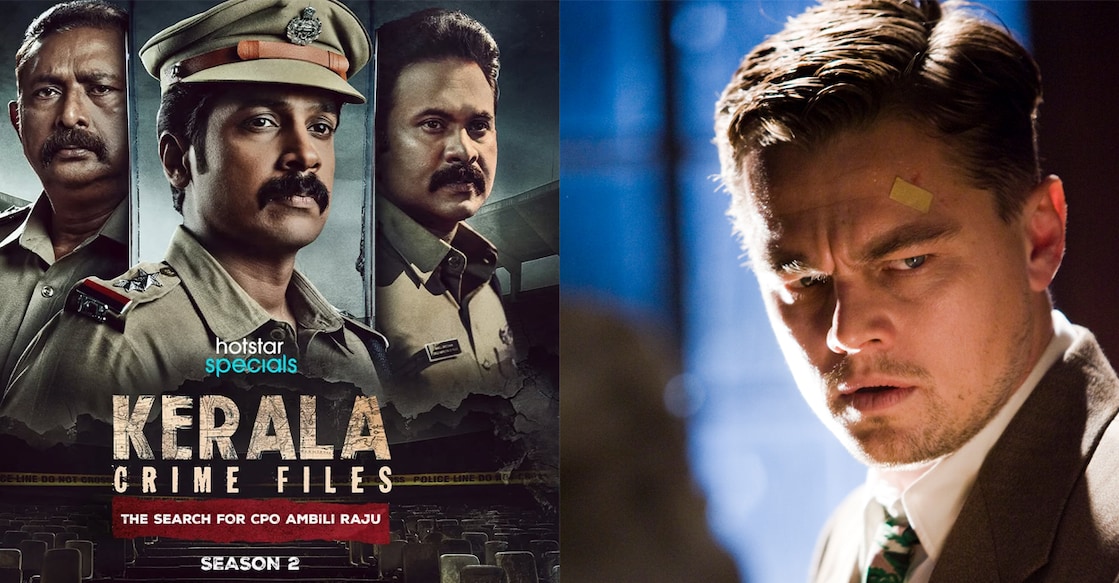Following the wrong clues: A look at 'Red Herrings' in two clever mysteries

Mail This Article
In many crime thrillers, stories often begin with a seemingly simple investigation. A person goes missing, a body is found, or a suspect is identified and the audience believes they are about to watch a detective story unfold step by step. As viewers begin to build theories, interpret clues, and anticipate how the mystery will be solved, everything appears to be heading toward a logical resolution. However, the narrative takes a sharp turn. A new thread emerges, one that no one anticipated, and suddenly, all the theories no longer fit in. This kind of misdirection is called a red herring, a storytelling device that leads the audience to focus on false leads only to pull them away at the right moment with a surprising twist.
A red herring works by setting up expectations and then subverting them. Writers nudge the audience toward a particular theory by providing partial or focused information, which makes them confident in a specific theory, encouraging them to invest emotionally in it. Then, they shift direction, not just to surprise but to reveal an alternative narrative. The payoff, when done well, doesn’t just shock, it recontextualises the entire story.
One of the most effective uses of this technique can be seen in the Malayalam web series 'Kerala Crime Files: Season 2'. At the heart of the series is the disappearance of Inspector Ambili Raju, played by Indrans. The case is handed to SI Noble, who begins an intense investigation into what happened to his colleague. From the very first episode, the writing draws us into Ambili’s world, his strange silences, the shadows in his past, his uncomfortable relationships with others. Every scene involving him is presented with weight, inviting us to examine whether he’s hiding something, whether someone is after him, or whether he’s even the victim at all. By building such a strong emotional focus around Ambili, the series convinces us that he is the mystery.
For several episodes, the investigation circles around Ambili's past. Could this be a planned disappearance? A political setup? Or an act of revenge? The clues remain vague but seem to suggest that whatever happened to Ambili is personal and rooted in long-standing tensions. This setup is precisely what makes the eventual twist land so well.
In the final stretch of the series, the focus subtly shifts away from Ambili and lands on a character who until then appeared to be a background presence. Slowly, the layers begin to peel. What seemed like a missing officer drama is actually a story about grief, vengeance, and misdirection.
What makes this twist more than just a shock is the way the series planted subtle clues about the suspect early on. By making Ambili such a strong focal point, the creators turned him into the perfect red herring; we believed the story was about him, only to discover that he was never the key. The real heart of the story was elsewhere, quietly waiting to be revealed.
To see how this technique works on a larger cinematic scale, we can turn to 'Shutter Island', directed by Martin Scorsese. At first glance, the film appears to be a psychological mystery involving US Marshal Teddy Daniels (Leonardo DiCaprio), who arrives on a secluded island asylum to investigate the disappearance of a patient. The clues are strange, the staff act suspiciously, and Teddy begins to suspect a government cover-up. The viewer, guided entirely by Teddy’s perspective, becomes convinced that something sinister is unfolding behind closed doors.
But this belief is exactly what the film wants you to latch onto. Everything, from Teddy’s nightmares to the cryptic behaviour of doctors is designed to feed into this detective fantasy. However, by the end of the film, the truth is uncovered: Teddy Daniels is not a Marshal, but a disturbed patient named Andrew Laeddis. The investigation is not real. It is a role-play orchestrated by doctors as a final effort to help him accept reality and confront the guilt of his past.
In 'Shutter Island', the red herring isn’t just plot-driven; it’s psychological. Teddy believes in his fabricated narrative, and so do we. The moment we learn the truth, the entire film changes shape. Scenes we took at face value now hold different meanings. What looked like a mystery story is actually a character study about trauma, loss, and denial.
Both 'Kerala Crime Files: Season 2' and 'Shutter Island' use red herrings not just to deceive, but to deepen the story. The twist in each case forces the viewer to reconsider what they’ve seen, prompting them to revisit and reexamine the clues they previously ignored or misread. That’s what makes red herrings so powerful. They don’t just hide the real story; they help reveal it, once you know where to look.


